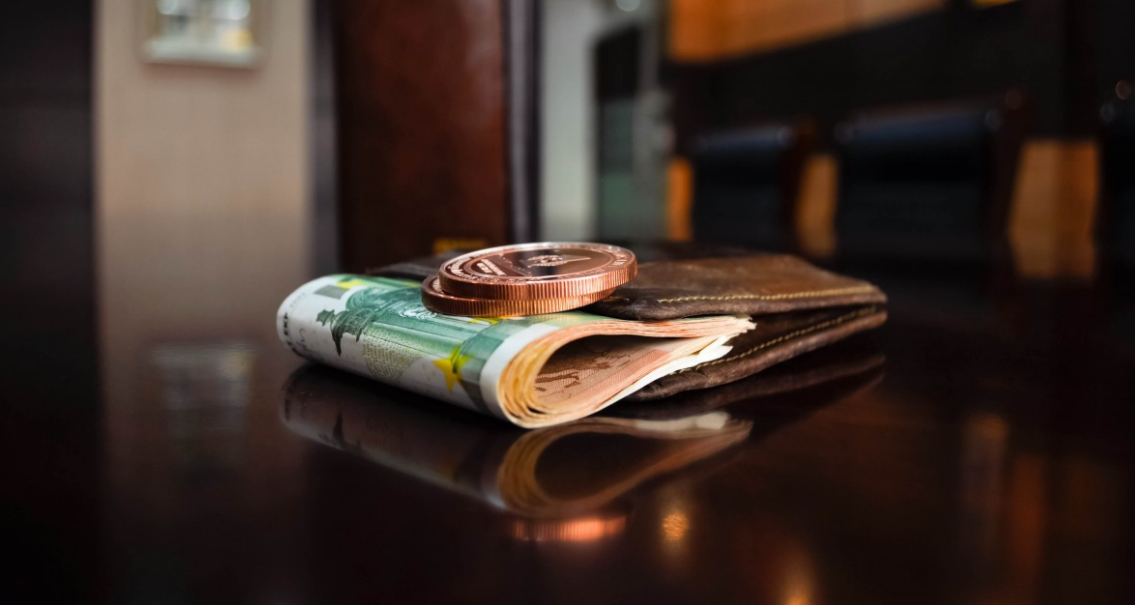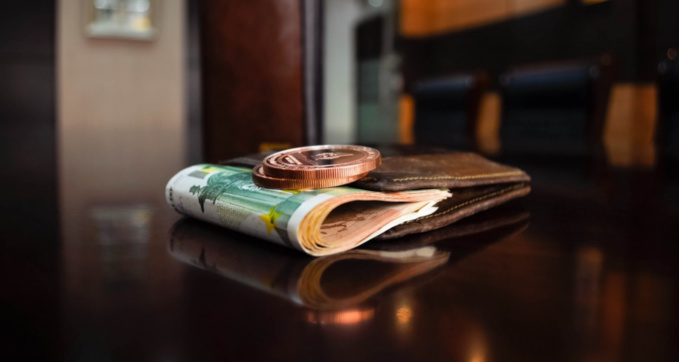Negative interest rates don’t let commercial banks receive interest for keeping money in central banks. On the contrary, they are forced to pay for it. It is more profitable for them to give cheap loans to other banks, companies and consumers, and they have to set negative deposit rates. In theory, this encourages people to borrow more and spend more to stimulate the economy. But in fact, this has not completely eliminated the risks of deflation, but increased the risk of real estate bubbles, supported inefficient companies, and harmed European banks, which, because of the low interest margin, find it difficult to compete with American ones and finance the economy. And central banks have fewer opportunities to stimulate the economy in the event of a new crisis.
“We are addicted to a painkiller, which is very difficult to refuse,” The Wall Street Journal quoted Tamas Giorgadse, whose Raisin platform helps to find the most profitable bank deposits in 25 countries.
This is evidenced by the actions of the European Central Bank (ECB). In December 2018, the ECB completed a large-scale bond buying program. Some investors expected that by the end of 2019 the institution would raise interest rates for the first time in eight years, but in March the bank said that they wouldn’t be changed until at least the end of the year. Besides, the ECB unexpectedly announced cheap long-term loans to banks for a period of two years. ECB President Mario Draghi hinted that he was beginning to worry about the side effect of negative interest rates. The ECB will ensure that banks have “favorable conditions for profit,” he said.
Capital Economics analysts expect the ECB to keep the deposit rate at -0.4% until 2021. Central banks of Switzerland and Denmark may even lower rates in 2020 to -1% from -0.75 and -0.65%, respectively, experts are waiting. For comparison, the US Federal Reserve pays 2.35% on deposits of US banks.
Negative rates and the ECB bond buying program made sense. They helped Italy, Portugal and other vulnerable eurozone countries withstand their debt burden by reducing the cost of loans. They also contributed to weakening of the national currency, which is beneficial to exporters such as Germany and Switzerland. However, availability of cheap financing does not necessarily encourage companies to invest. Cheap loans can make attractive even bad projects, notes Patrick Jany Chief Financial Officer of the Swiss chemical company Clariant. And some companies will invest in other countries (primarily in the United States). French companies spent about $ 200 billion on such investments.
Finally, negative interest rates on deposits did not make people give up on savings. For example, in the Swiss Alternative Bank Schweiz, the number of depositors increased last year, and the aggregate size of deposits grew by 2% to $ 1.3 billion, although the bank set negative interest rates from -0.125 to -0.75%. Some bank customers are finding alternative ways to store funds, the WSJ notes. Also, the Swiss are investing in real estate, which raises concerns about overdevelopment. “It’s more expensive to keep money than to build an empty house,” explains Martin Hess, chief economist at the Swiss Bankers Association.
source: wsj.com, capitaleconomics.com
“We are addicted to a painkiller, which is very difficult to refuse,” The Wall Street Journal quoted Tamas Giorgadse, whose Raisin platform helps to find the most profitable bank deposits in 25 countries.
This is evidenced by the actions of the European Central Bank (ECB). In December 2018, the ECB completed a large-scale bond buying program. Some investors expected that by the end of 2019 the institution would raise interest rates for the first time in eight years, but in March the bank said that they wouldn’t be changed until at least the end of the year. Besides, the ECB unexpectedly announced cheap long-term loans to banks for a period of two years. ECB President Mario Draghi hinted that he was beginning to worry about the side effect of negative interest rates. The ECB will ensure that banks have “favorable conditions for profit,” he said.
Capital Economics analysts expect the ECB to keep the deposit rate at -0.4% until 2021. Central banks of Switzerland and Denmark may even lower rates in 2020 to -1% from -0.75 and -0.65%, respectively, experts are waiting. For comparison, the US Federal Reserve pays 2.35% on deposits of US banks.
Negative rates and the ECB bond buying program made sense. They helped Italy, Portugal and other vulnerable eurozone countries withstand their debt burden by reducing the cost of loans. They also contributed to weakening of the national currency, which is beneficial to exporters such as Germany and Switzerland. However, availability of cheap financing does not necessarily encourage companies to invest. Cheap loans can make attractive even bad projects, notes Patrick Jany Chief Financial Officer of the Swiss chemical company Clariant. And some companies will invest in other countries (primarily in the United States). French companies spent about $ 200 billion on such investments.
Finally, negative interest rates on deposits did not make people give up on savings. For example, in the Swiss Alternative Bank Schweiz, the number of depositors increased last year, and the aggregate size of deposits grew by 2% to $ 1.3 billion, although the bank set negative interest rates from -0.125 to -0.75%. Some bank customers are finding alternative ways to store funds, the WSJ notes. Also, the Swiss are investing in real estate, which raises concerns about overdevelopment. “It’s more expensive to keep money than to build an empty house,” explains Martin Hess, chief economist at the Swiss Bankers Association.
source: wsj.com, capitaleconomics.com



















